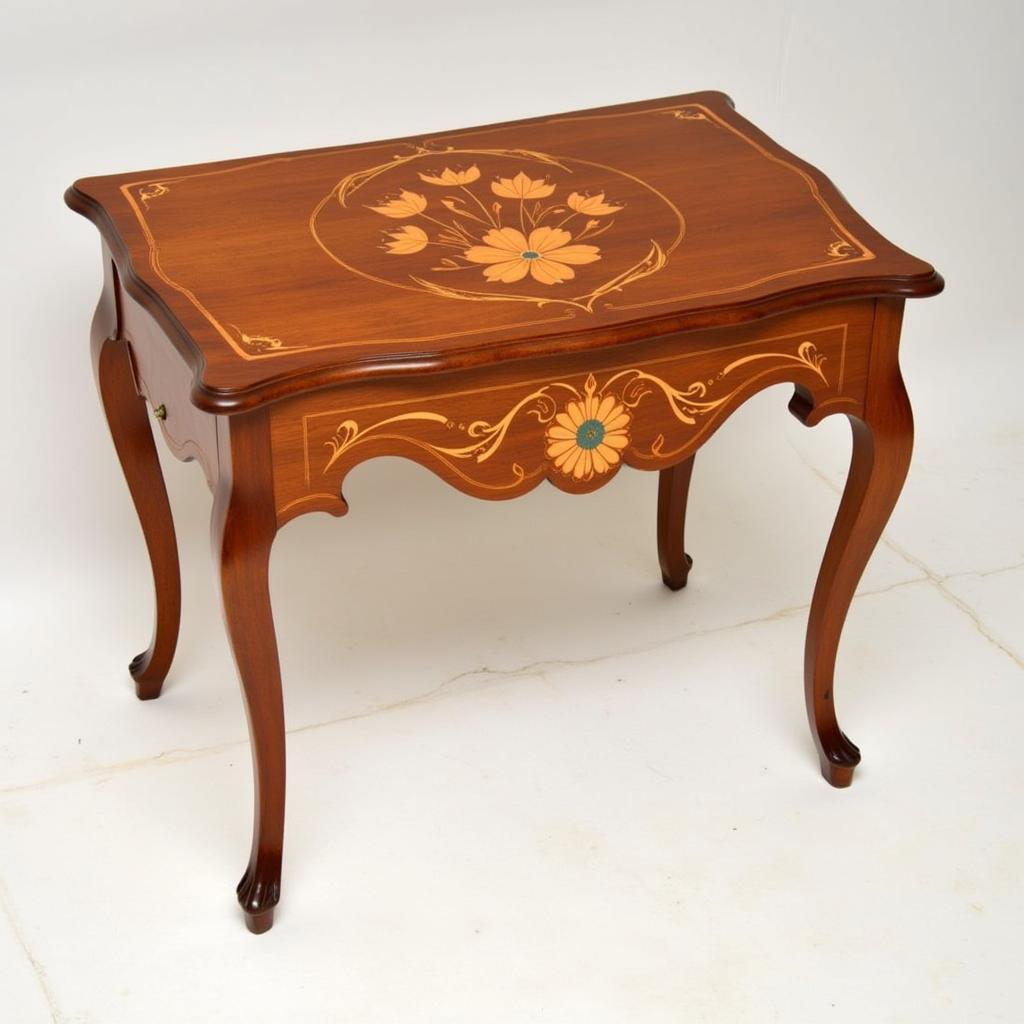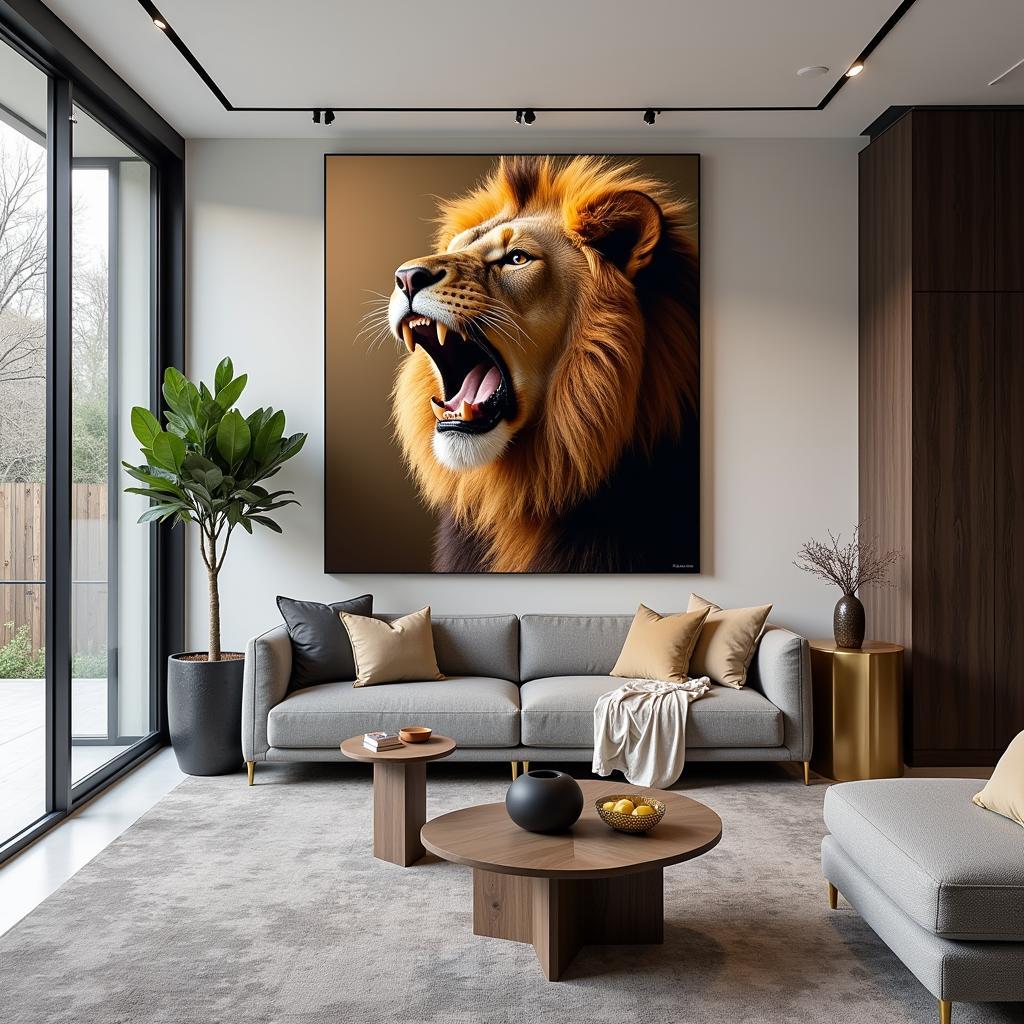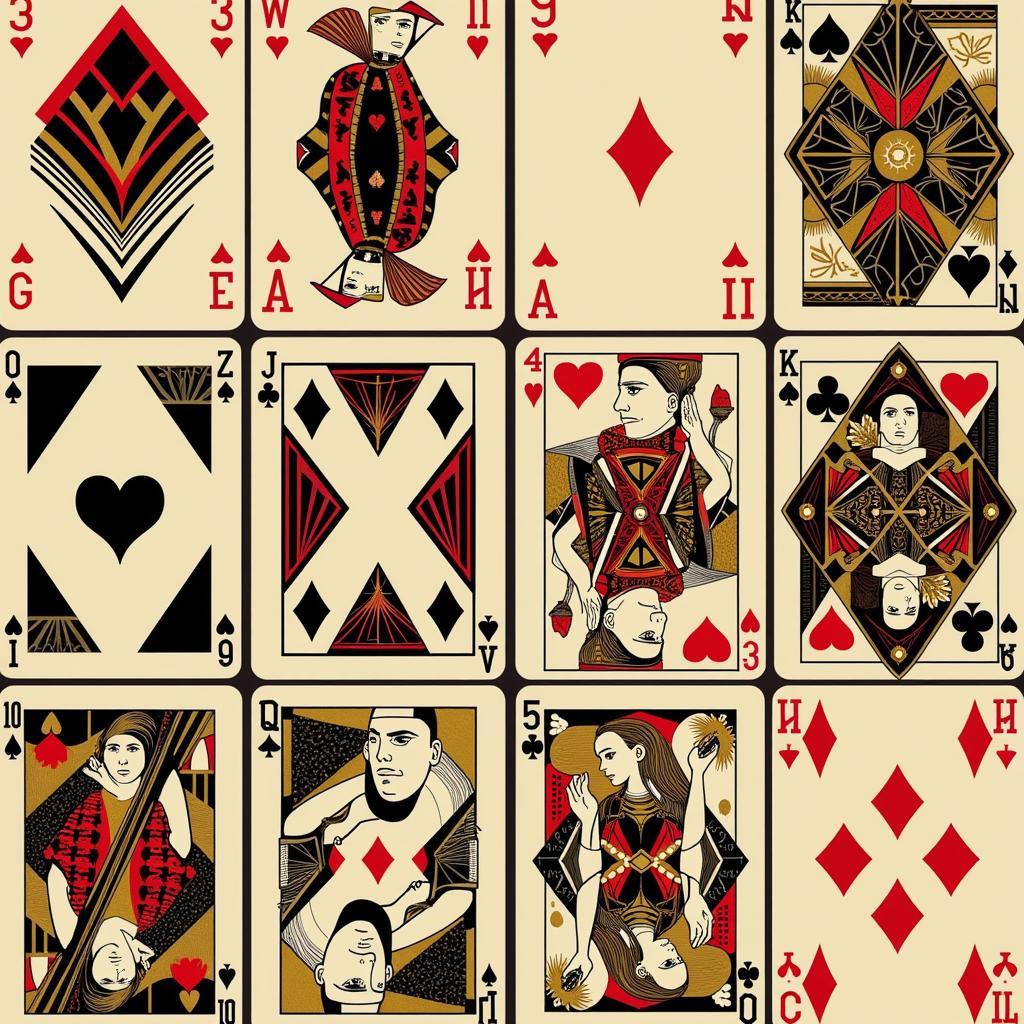Exploring the Beauty and Controversy of Beach Nude Art
Beach Nude Art, a captivating yet often contentious subject, explores the human form in its natural state against the backdrop of the sea and sand. This unique art form raises questions about freedom of expression, the relationship between humans and nature, and the boundaries of public decency. From ancient sculptures to contemporary photography, beach nude art continues to fascinate and challenge viewers.
A History of Beach Nude Art: From Mythology to Modernity
Humans have long been drawn to depicting the nude form in art. Ancient Greek and Roman sculptures often idealized the human body, frequently portraying gods and goddesses in their natural state, often in settings reminiscent of beaches and shores. This established a precedent for celebrating the human form within the context of nature. Over time, artists continued to explore this theme, with the beach offering a unique setting that connected the human form to the natural world.
The Renaissance period saw a resurgence of interest in classical art, including nude depictions. Artists like Botticelli and Michelangelo revisited the theme of the nude in their paintings and sculptures, albeit with a more spiritual and idealized approach. The connection to nature, however, remained a constant, with backgrounds often suggesting landscapes or natural settings.
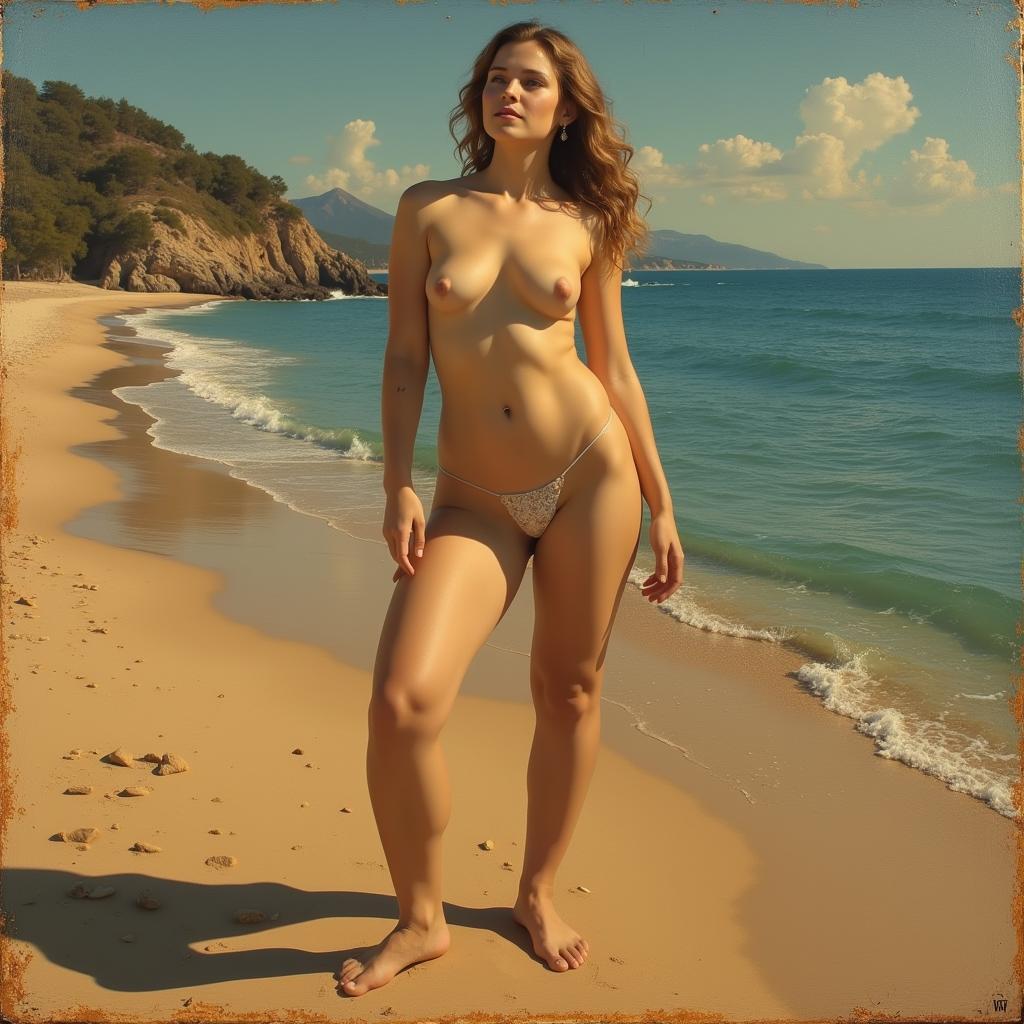 Renaissance Beach Nude Painting
Renaissance Beach Nude Painting
The 19th and 20th centuries witnessed a shift in artistic perspectives. Impressionists like Renoir and Monet captured the fleeting beauty of light and color, often featuring nude figures in natural settings, including beaches. The focus shifted towards capturing the momentary experience, the play of light on skin, and the connection between the human form and the surrounding environment. Photography also emerged as a powerful medium for exploring beach nude art, allowing for a more realistic and documentary approach to the subject.
Navigating the Legal and Ethical Considerations of Beach Nude Art
What are the legalities of creating or displaying beach nude art? The legality of beach nude art varies significantly depending on location. Some areas have designated nude beaches where such art is permissible, while others have strict laws prohibiting public nudity. Artists and photographers must be aware of local regulations before engaging in any beach nude art project.
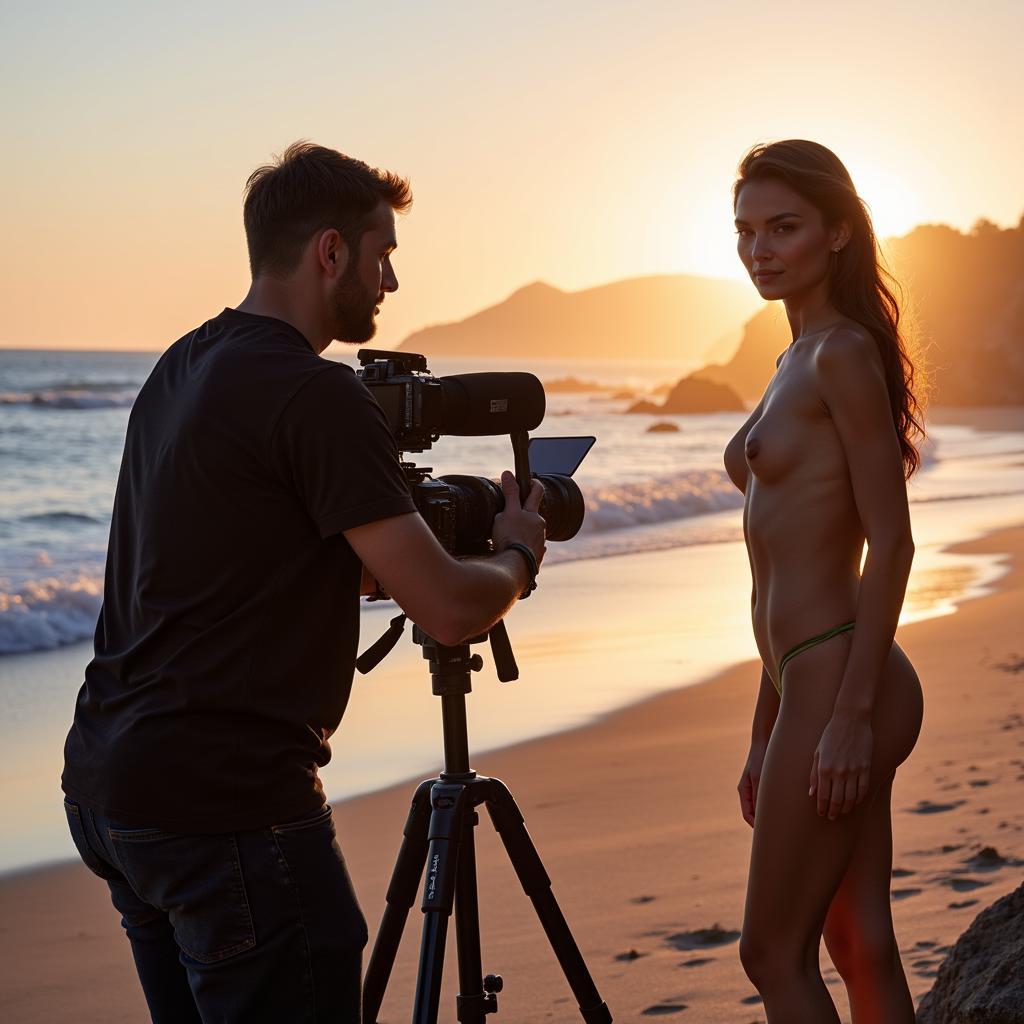 Photographer Capturing Beach Nude Art
Photographer Capturing Beach Nude Art
The ethical considerations extend beyond legal boundaries. Respect for individual privacy and obtaining informed consent are paramount. It’s essential to avoid exploiting or objectifying the human form. Instead, beach nude art should celebrate the beauty and vulnerability of the human body within a natural setting, promoting a sense of harmony and connection with nature. “Respect and consent are the cornerstones of ethical nude art,” says renowned photographer Anya Sharma, “It’s crucial to prioritize the model’s well-being and ensure their comfort throughout the process.”
Beach Nude Art: Capturing the Essence of Natural Beauty
How can beach nude art be a celebration of the human form? Beach nude art can be a powerful expression of the human connection to nature. The juxtaposition of the human form against the vastness of the ocean or the texture of sand creates a visual dialogue that explores themes of vulnerability, freedom, and the ephemeral nature of beauty. By capturing the interplay of light, shadow, and form, artists can create evocative images that transcend mere representation and delve into deeper emotional and philosophical territories.
Tips for Creating Beach Nude Art
What techniques can be used to create compelling beach nude art? Creating compelling beach nude art requires a sensitive and thoughtful approach. Consider the following:
- Lighting: The golden hour, during sunrise and sunset, provides soft, diffused light that is ideal for capturing the nuances of the human form.
- Composition: Explore different angles and perspectives to create a dynamic and engaging composition.
- Pose: Encourage natural and relaxed poses that complement the surrounding environment.
- Post-processing: Use editing software sparingly to enhance the image without distorting the natural beauty of the subject.
“The beauty of beach nude art lies in its ability to evoke a sense of wonder and awe,” explains acclaimed sculptor David Chen, “By harmonizing the human form with the natural world, we can create art that is both visually stunning and deeply meaningful.”
Conclusion
Beach nude art, a complex and compelling art form, continues to push boundaries and spark conversation. By approaching the subject with sensitivity, respect, and a deep appreciation for the human form and the natural world, artists can create works that are both aesthetically captivating and ethically sound. Remember to always be mindful of local regulations and prioritize the comfort and consent of your subjects. Exploring this genre requires careful consideration of its legal and ethical implications.
FAQ
- Is beach nude art legal everywhere? No, the legality varies by location. Research local laws before engaging in any beach nude art project.
- What ethical considerations should be taken into account? Respect for individual privacy, obtaining informed consent, and avoiding exploitation are crucial.
- What are some tips for creating compelling beach nude art? Consider lighting, composition, pose, and post-processing techniques.
- What is the historical context of beach nude art? It has roots in ancient Greek and Roman art and has evolved through various artistic movements.
- How can I find out more about the legality of beach nude art in my area? Consult local authorities or legal resources specializing in public decency laws.
- What is the significance of the beach setting in nude art? It connects the human form to the natural world, exploring themes of vulnerability and freedom.
- Are there any resources for models interested in participating in beach nude art projects? Yes, online platforms and artist communities often connect models and photographers.
For further assistance please contact Phone Number: 02462573573, Email: [email protected] Or visit our address: Savico Megamall, 7-9 Đ. Nguyễn Văn Linh, Gia Thụy, Long Biên, Hà Nội 10000, Việt Nam. We have a 24/7 customer support team.

